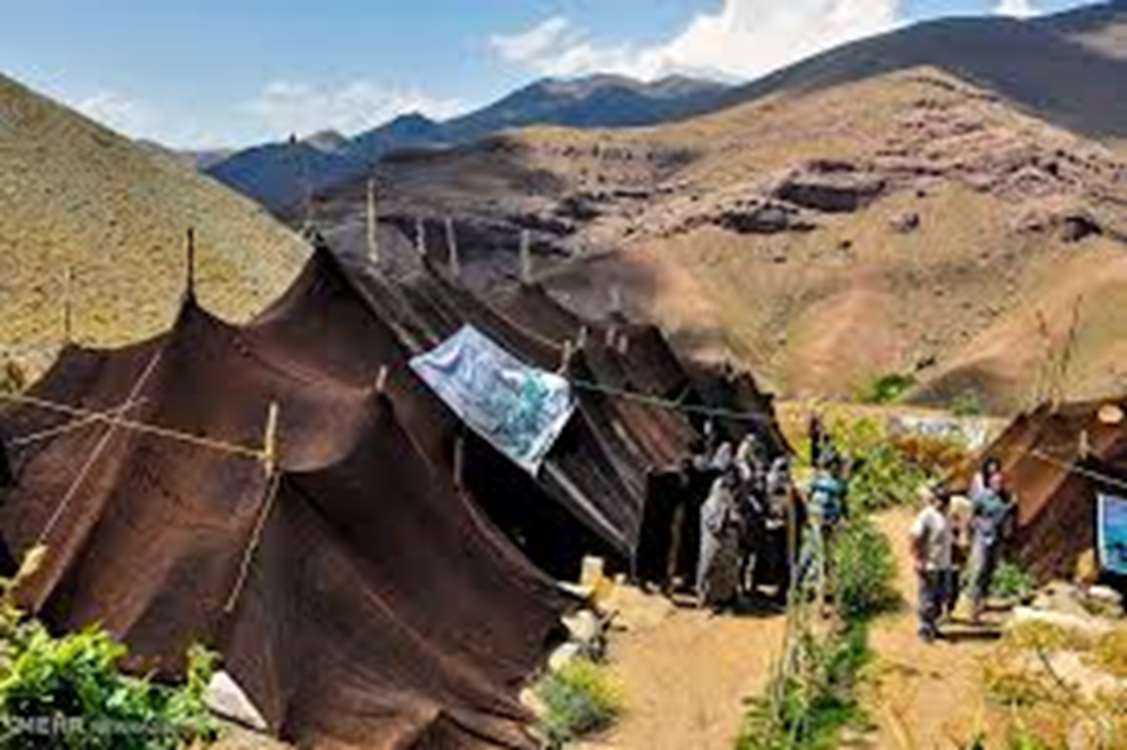Villagers and nomads play key role in boosting Iran all-out development

Villagers, nomads play key role in boosting Iran all-out
development
Villagers and nomads play a vital role in the political,
economic, and social developments of Iran. So, October 7 was declared in 2013
as the National Day of Village and Nomads.
Despite their low population, they have a great contribution
to all-out national development.
Although oil, industry, and service sectors hold a
significant share of the national economy, the rural and nomadic economy is
considered an inexhaustible source for the nation, compared to exhaustible
natural resources.
Living far from pollution and current problems of cities and
being less dependent on oil resources, they play a critical role in sustainable
development.
Villagers and nomads take the lead in providing food, food
security, and healthy food production.
They have a major role in the tourism and handicraft
industry and they are sources of many cultures and traditions in the country
playing an important role in ensuring the country's security, especially in
borders and remote areas.
Some 25 percent of the country's population lives in
villages, producing around 70 percent of food for the domestic market.
Currently, more than 90 percent of agricultural and food
products are produced in villages. Some 25 percent of the country's meat
products and 35 percent of handicrafts, as well as a major part of organic
dairy products, including vegetable oil, milk, curd, and other materials, are
produced by nomads.
In fact, the economy of the rural areas is not limited to
agriculture; it includes various industries such as handicrafts, creative
industries, clothing, processing industries, food, medicinal plants, carpentry,
furniture, tourism, ecotourism, fisheries, carpets and rugs, and dried fruits.
Products of villagers and nomads are being presented in an
exhibition named "Rusta Abad" (Developed Village), Tehran Times
reported.
Today nomads are facing difficult conditions due to drought
and lack of sufficient water, pasture, and fodder for their livestock as one of
the three main pillars of their lives.
During the past two years, about 800 trillion rials (some
$160 million) have been invested in rural development, leading to the creation
of around 670,000 jobs in villages and nomadic areas.
Some 30,000 construction projects have been implemented in
rural areas within the last 2 years, which played an important role in
persuading people to stay in their villages by increasing their incomes.
To find suitable product markets and cut out the middlemen,
as one of the problems of villages, there has been a plan through which 500
markets for rural products in high traffic and tourist routes will be
considered.
The plan will eliminate middlemen and deliver products with
higher quality and more reasonable prices to consumers.




